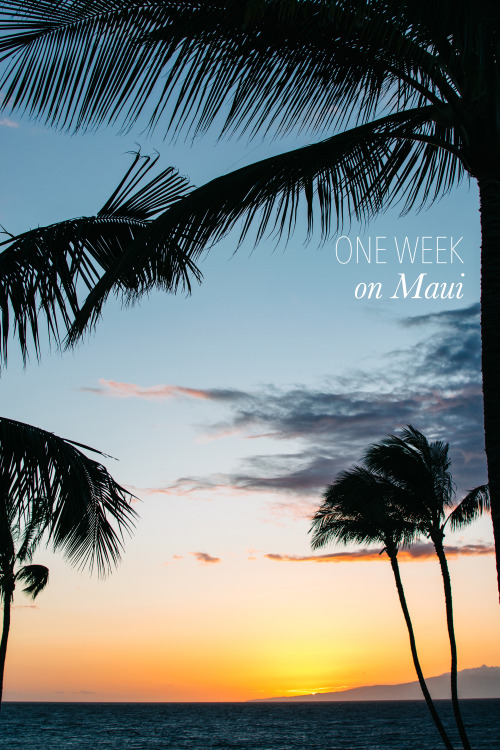I was giddy and exhausted. I’d worked every day of 2016 up until that very moment, needling my way through other weary and excited and hopeful and heartbroken LAX travelers (a lot happens in an airport) on my way to our gate. Our SLAMsquad (Stephanie, Lily, Alana, and Molly) text thread dings and Molly wants to know if I want food for the plane. I have massive amounts of rosemary maple granola and Greek yogurt in my sleek new InCase camera backpack, enough to feed all four of us, so I pass. WE’RE GOING TO MAUI!!! I reply, as I stumble into a child teetering with his own backpack luggage in front of me. I mumble an apology, but all I can think is just that: We’re going to Maui.
For seven nights, all we did was consider the way the wind would blow the weather, the various formations of ocean that move like silk under the palm of the sky, whether or not we would see (or hear!) whales, how to keep the brilliant sun from kissing our skin too intensely, and the kinds of poke (pronounced poh-kay) and green juice and shave ice we were going to eat. We laughed in hot tubs. We sang “Waterfalls” at the tops of our lungs cruising down South Kihei Road.
Sharing Maui with people for the first time is always thrilling: It’s an intoxicating place, a place that people refer to with sparkling honorifics like “magical,” “sacred,” and “powerful”. My parents themselves came to Maui seeking a peace and healing they did not know but could feel was born from the land. Ua mau ke ‘ea o ka ʻāina i ka pono. May the life of the land be perpetuated in righteousness. Our state motto rings inside of me always, but especially strongly when I am home. When I am sharing that home with others.
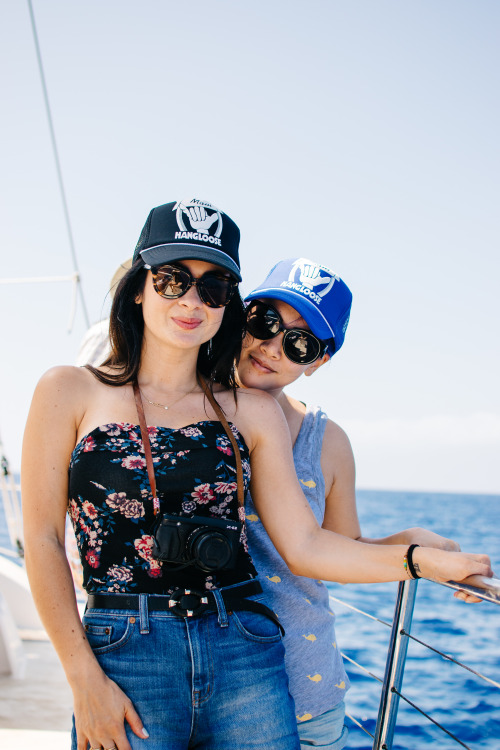
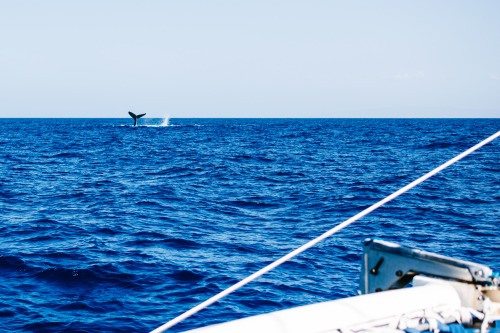
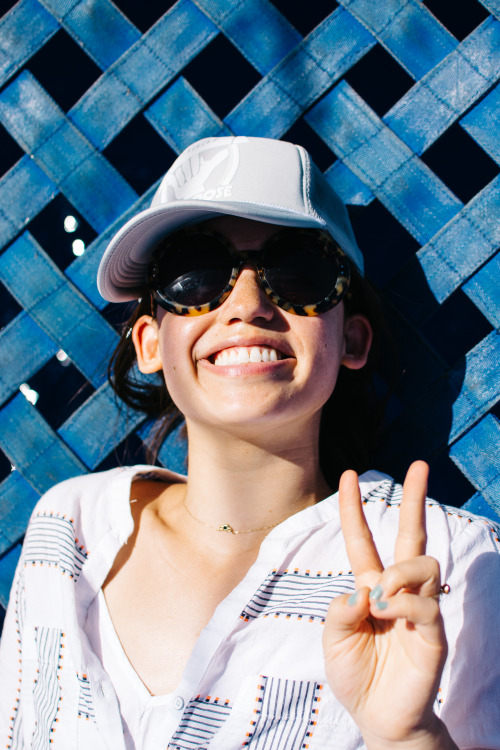
Before settling in at the gorgeous Ritz Carlton Kapalua, before hopping aboard one of Trilogy’s expertly manned vessels to be with the whales, before stuffing our faces with the exquisitely crafted macarons and gyoza that the chefs at the Ritz had prepared for us, before all of that, we went directly to the ocean. The plane-to-ocean ritual is one of my favorites. A baptismal arrival. A way of washing off one world and welcoming myself firmly into another.
But this time, as the plane touched down, I had the gift of not being the only one from Maui. Alana and I grew up just ten minutes from each other, though had to wait thirty years to meet on Instagram. And now, after much planning, we were finally exploring our island together. She’d strategized the perfect route from plane to the freshest poke bowls to the water. We followed in blissful accord, and were soon sitting with our feet in the sand, our eyes on the horizon, our chopsticks in bowls and bowls of freshly marinated and perfectly spiced ahi and edamame from Tamura Liquor Store.
Our conversation wound its way round to tourism. To history. To politics. To race. To the enduring challenges of the state’s colonialist legacy. To what it meant to be local. To grow up here as a white person. To leave. To come back. To honor the land. To receive the wisdom of this place.
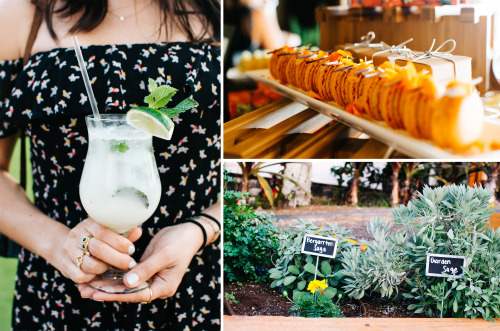
Our days and nights at the Ritz were sweet and luxurious—cocktails from their garden-to-glass mixology menu, deep tissue lomi lomi massages from their garden-ensconced spa, late-night walks under the stars. We had one of the best meals of the trip at Cane & Canoe, where our server fed us perfect Moloka’i sweet potato buns slathered with taro leaf pesto and soft, sweet, salted butter, and then wrapped us in blankets as the tradewinds picked up.
The land on the western-most part of the island is stark—vast stretches of lava rock punctuated by blow holes and golf courses. It’s a land set apart, a place at the edge of the earth. A place to gather oneself. To strengthen.
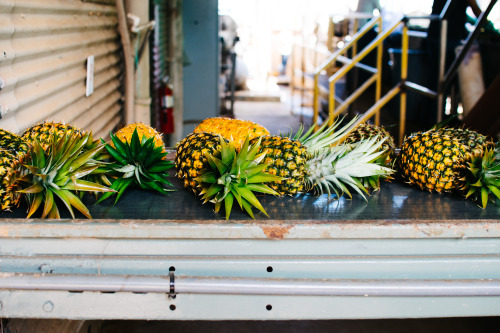
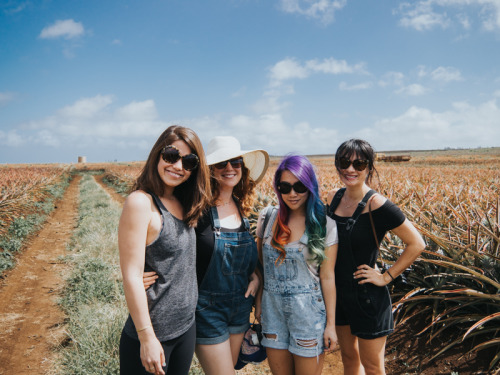

From Kapalua, we ventured upcountry to see pineapple fields, the big agricultural operations that employ so many on the island. Our tour guide slashed open fruit after fruit, and we ate in the dirt, pineapple juice dripping down arms and chins. We tasted pineapple liquor infused with macadamia nuts and chocolate. We ate lunch at Hali’imaile General Store, whose hallways have my childhood stored in their shadows and floorboards.
That night, we had the luxury of getting to know some of the island’s best chefs through a collaborative dinner hosted at the Maui Culinary Academy. Course after course arrived gorgeously plated, the pride of these chefs and their adoring audience beaming off each plate. I’d been drooling over Chef Mike Lofaro’s dessert all day—my friend Kainoa snuck me a sneak peek via text that morning. I still can’t stop thinking about: A multi-textured, multi-temperatured semifreddo featuring infusions of calamansi and lauhala, and flavors that sang an aria on the palate.
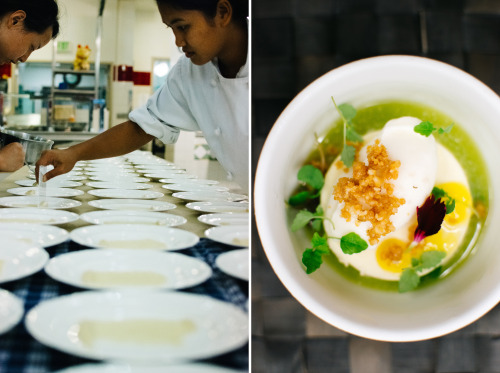
In the days that followed, we visited the farmers who work closely with these chefs, ensuring they have the herbs and kale and calamansi they need to make their menus whole. Manu Vinciguerra of Kumu Farms and Bobby Pahia of Hoaloha Farms (pictured below, in one of his taro fields) spoke with us not just about their current vision as farmers, but about the future, as Maui leaves behind sugarcane and looks to new agricultural horizons.
Being with Pahia felt revolutionary. We stood at the foot of the West Maui Mountains, curtains of cloud and rain passing over us, receiving the gospel of his ancestral legacy as a taro farmer. I was transfixed by the power of this one human being so fully in his place on earth. His right place. His capacity as a human turned superpower by virtue of its righteousness, its pono.
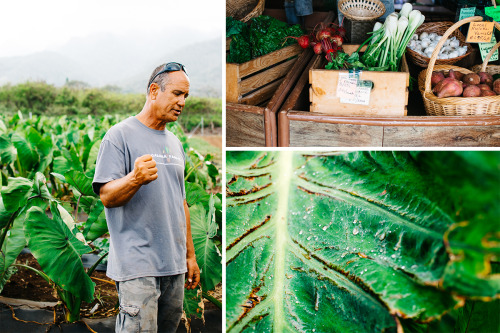
Our proximity reminded Alana that we were in need of a visit up the West Maui Mountains, to Iao Valley. Though its centuries-old history of war and massacre is bloody, the water here runs sacred and clear. Dozens of swimming holes just off the main path form a constellation of wild stillness—a refuge. Wading in, I splashed water on my face. I recited, almost automatically, the things I wanted to loosen from my mind, to let the stream wash away. I incanted the litany of hopes closest to my heart. I thanked the water. I breathed.
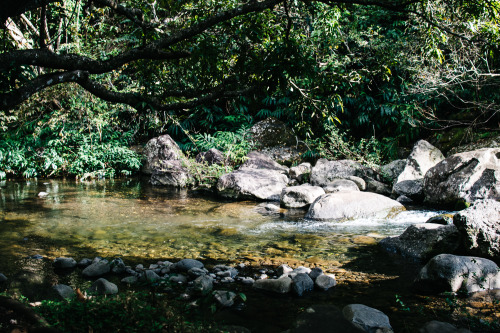
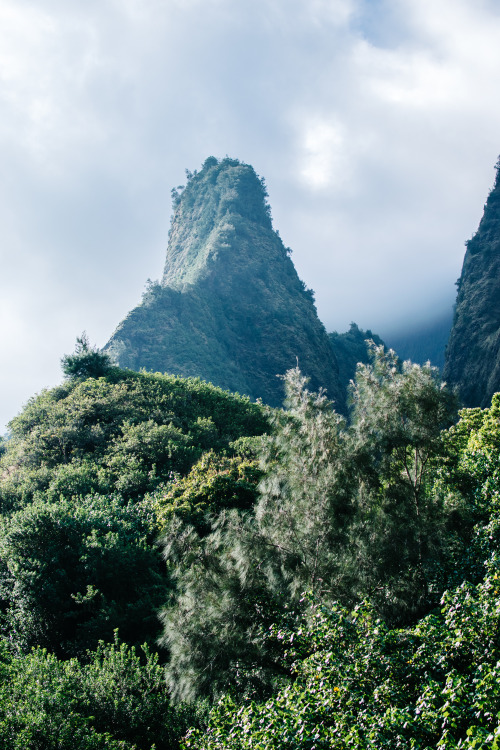
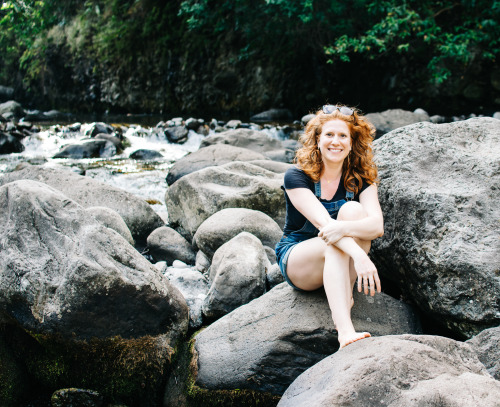 Photo by Molly Yeh.
Photo by Molly Yeh.
As we migrated upcountry, for a night at the bucolic Lumeria Maui, and then to the south side to finish our stay at the Grand Wailea, Alana and I got to share the parts of the island we called home. We both grew up on the slopes of Haleakala Crater, where sunrise washes over flocks of observers like the earth being born anew, morning after morning. A man chants a welcoming oli, a call to awaken, to rise. For a few moments, before the sun climbs above the horizon, we are all transfixed, breathing together in the liminal space of the day’s possibility.
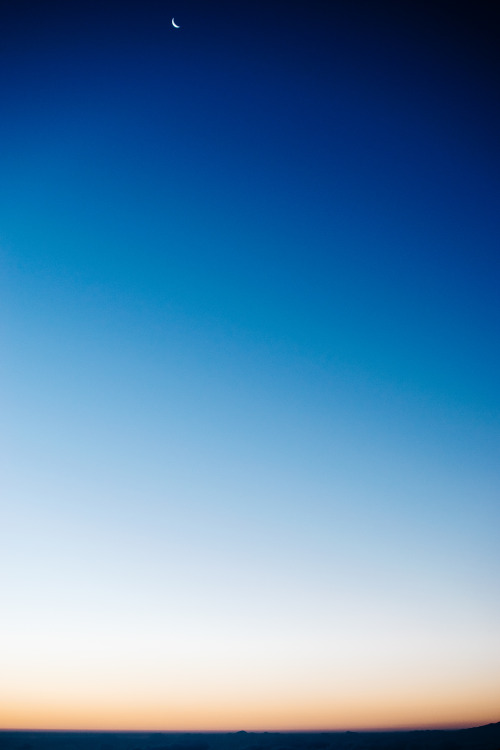
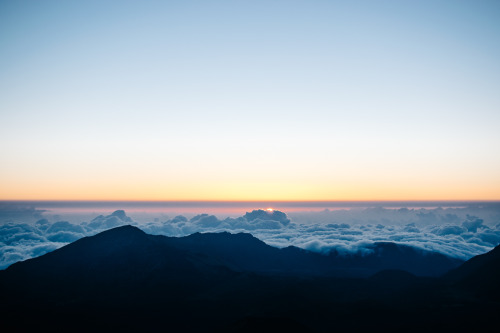
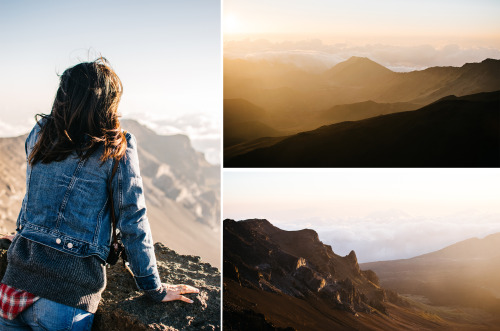
Cruising down from the crater, steeped in newness, we picked up pastries from La Provence in Kula and drove out to Ulupalakua, where I grew up. We ate quiche and croissants on the deck, my dad and Susan showing us the orchids and papayas and other oddities in bloom. We visited Alana’s home, too, saw her mother’s gorgeous kabocha squash vines, protea, and papaya trees overburdened with perfect fruit. I can’t say I didn’t start imagining a life back home. A Maui home.
We meandered through the peaceful slopes of Ali’i Lavender Farm and Surfing Goat Dairy, winding our way back down the mountain to the ocean. And of course, on the way, we stopped for my new favorite thing in life: Ululani’s Shave Ice. With a foundation of macadamia nut ice cream, a generous dusting of li hing mui powder, and all the soft mochi a girl could want. Dreams.
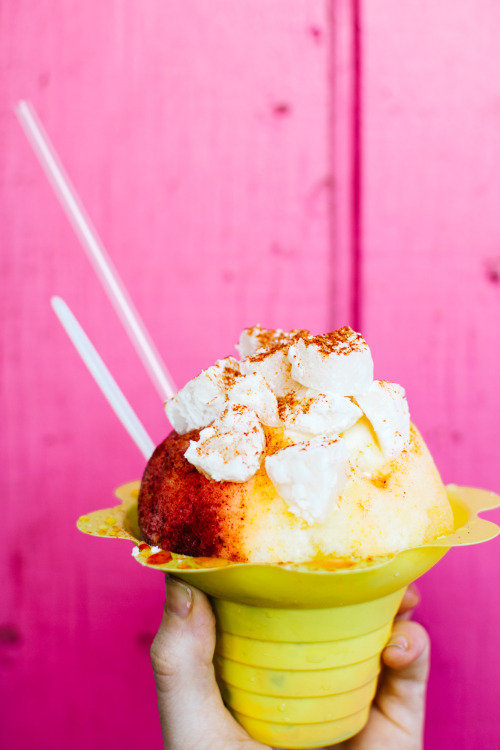
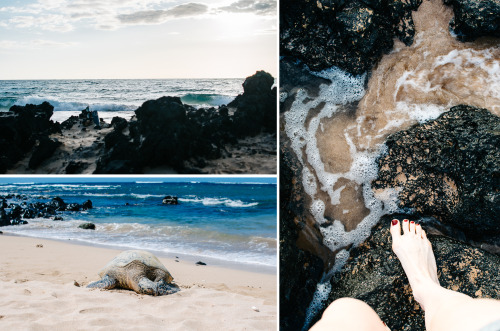
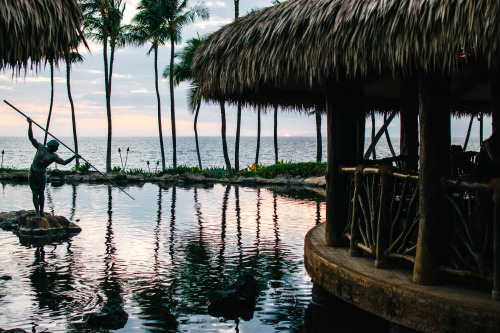
The next day, the Maui Ag Fest brought new opportunities to taste and feel and ogle all the produce the island was pumping out. I’m not certain french fries count as local island fare, but the four of us descended on the loaded fries from Three’s Bar and Grill and Maui Fresh Streatery like we were never going to see a fry again. Topped with savories like furikake mochi, sriracha mayo, and roasted peanuts, I can certifiably guarantee we’d all go back for seconds. And probably thirds.
This second opportunity to visit the Maui Tropical Plantation, adjacent to Kumu and Hoaloha Farms, brought our exploration of central Maui’s agricultural bounty full circle.
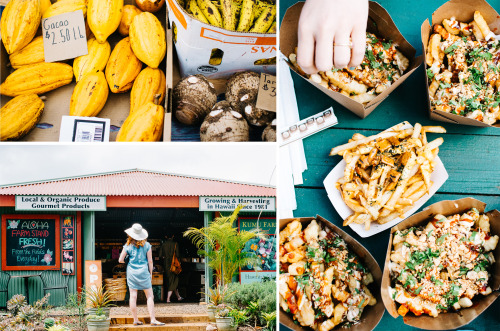 Clockwise from top left: Fresh raw cacao, taro, and apple banana; loaded fries from Three’s Bar & Grill and Maui Fresh Streatery; Kumu Farms Farmstand (photo by Alana Kysar).
Clockwise from top left: Fresh raw cacao, taro, and apple banana; loaded fries from Three’s Bar & Grill and Maui Fresh Streatery; Kumu Farms Farmstand (photo by Alana Kysar).
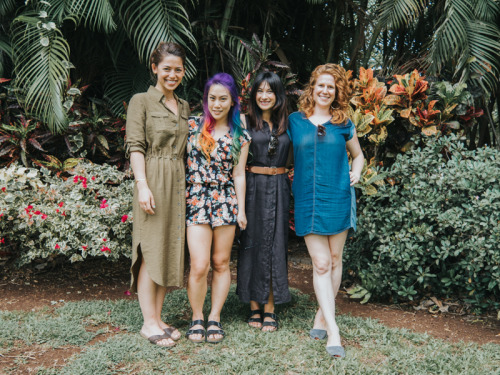
After a brief stint on Oahu (more on that next week), SLAMsquad jetted back to Maui for an evening I’d been looking forward to for months: Amanda Robson’s FEAST Hawaii dinner. This season’s event paired haku lei (flower crown) making with a celebration of spring vegetables from land nearby. We returned to Lumeria, where we spent a rain-soaked evening weaving blooms into our hair and eating nourishing food from Chef Ben Diamond and Kimo Simpliciano.
Each FEAST is different, an exquisitely unique reflection of the season and an art form of Robson’s choosing. Her impeccable taste is suffused in every inch, so that simply being there is a sumptuous meal for the senses.

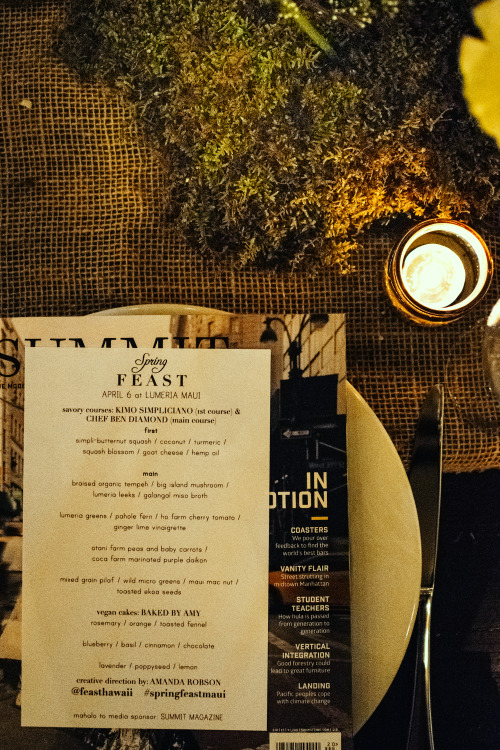
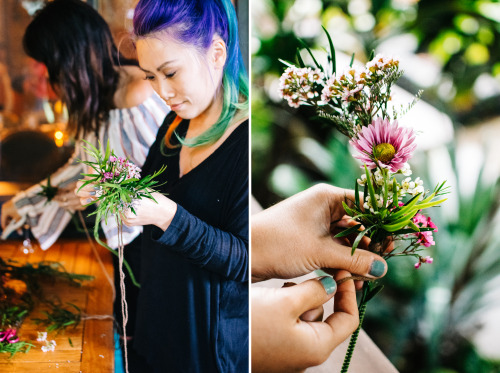
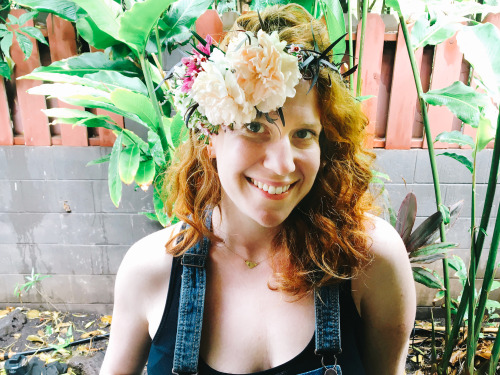 Photo by Stephanie Le.
Photo by Stephanie Le.
And then, in the rainy morning that followed, Alana and I said goodbye to Steph and Moll and retreated to the happy arms of our eager parents. I drove back up the mountain to Ulupalakua and ensconced myself in upcountry life. I took long walks with my dad. He and Susan and I spent Saturday morning wandering the glorious Upcountry Farmers Market. And I visited what’s now become one of my favorite spots on the island: Mark and Leah Damon’s Maui Bees Farm.
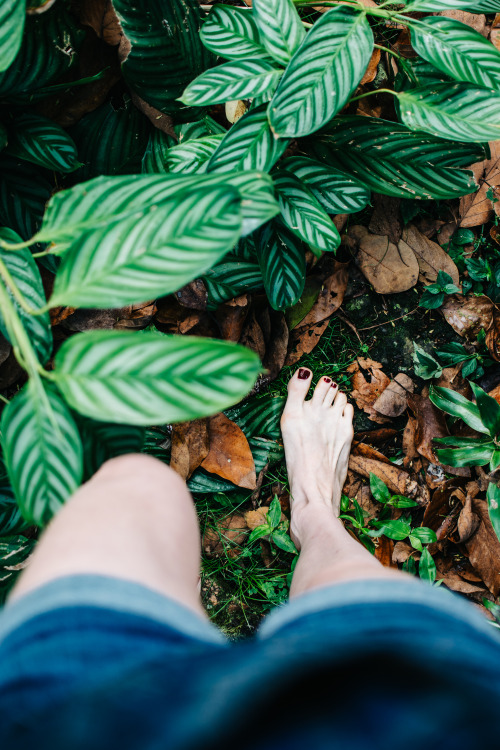
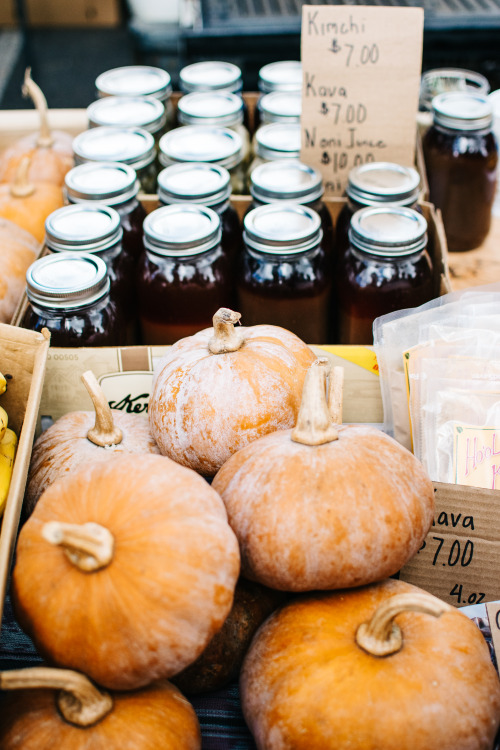
I’d long known that Mark and Leah made the best honey on earth—it’s rich and salty like golden caramel, with a complexity of flavor I’ve never had elsewhere. But this was my first visit to the farm itself, where they’re also growing apples and mulberries and acres of pick-your-own veggies and herbs of transcendent beauty.
We wandered the fields, cooing over the chard and oregano, murmuring at the perfection of the bush beans. Susan bonded with one of two sister farm dogs. I barely wanted to leave. I may have asked if I could move in.
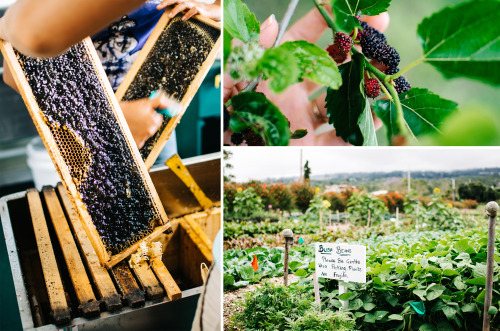
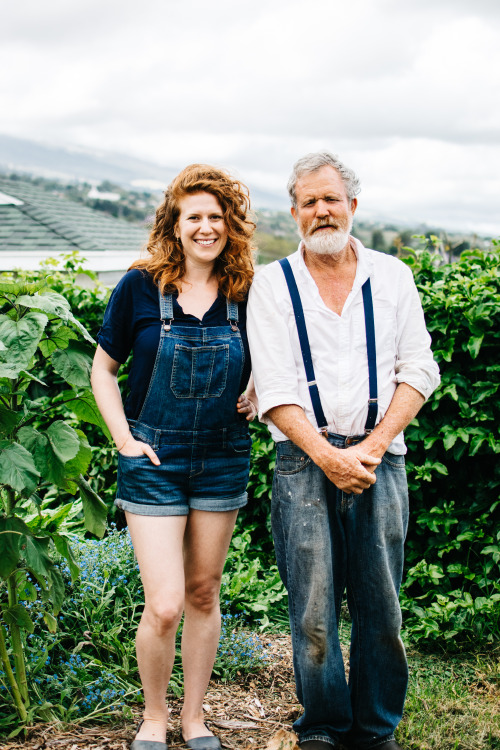

In my last forty-eight hours, I grew weary with the thought of return to city life, to LA. I had let it happen, let my heart drop down into the land here, so that leaving was a kind of spiritual tug of war. I repeated to myself the anchor that keeps me whole, that has kept me whole since I moved away at 18: You can always return.
I still know it to be true.
Read below for my full list of recommendations on where to stay, play, and eat on Maui.

PLACES TO STAY
Central Maui
Paia Inn
Kuau Inn
South Maui
Andaz Maui
Fairmont Kea Lani
Grand Wailea
Four Seasons Maui
West Maui
Ritz Carlton Kapalua
Upcountry Maui
Lumeria Maui
East Maui
Travaasa Hana
PLACES TO EAT
Central Maui
Tamura Liquor Store
Cafe des Amis
Flatbread Pizza
Paia Fish Market
Mana Foods
Mama’s Fish House
South Maui
Humuhumunukunukuapua’a
Ka’ana Kitchen
Ululani’s Shave Ice
Ko
West Maui
Cane & Canoe
Mala
The Banyan Tree
Upcountry Maui
La Provence
Komoda Bakery
Nuka
PLACES TO PLAY
Central Maui
Iao Valley
Maui Tropical Plantation
Kumu Farms
Hoaloha Farms
Wailuku town
North Shore beaches: Baldwin Beach & Tavares Bay
Paia town
Maui Arts & Cultural Center: Check their calendar to see what’s playing, including the Maui Film Festival
South Maui
La Perouse lava fields
South Shore Beaches: Makena, Little Beach (nude alert), Keawakapu, White Rock/Secrets/Palauea
Maui Film Festival (seasonal)
West Maui
Honolua Bay
Trilogy
Upcountry Maui
Haleakala Crater: Sunrise, Sliding Sands Trail, Hosmer’s Grove.
Ali’i Lavender Farm
Makawao town
Upcountry Farmers Market
Maui Bees Honey & Pick Your Own
Thompson Ranch Road
Ulupalakua Winery
FEAST Hawaii seasonal dinners
East Maui
Bamboo Forest Hike
Hana and Kipahulu: Waianapanapa State Park, Hamoa Beach, Red Sand Beach (nude alert), ‘Oheo Gulch, Kuhio Falls.
Huge aloha and mahalo to the Maui Visitors and Convention Bureau for sponsoring this trip. As always, all opinions are my own.


